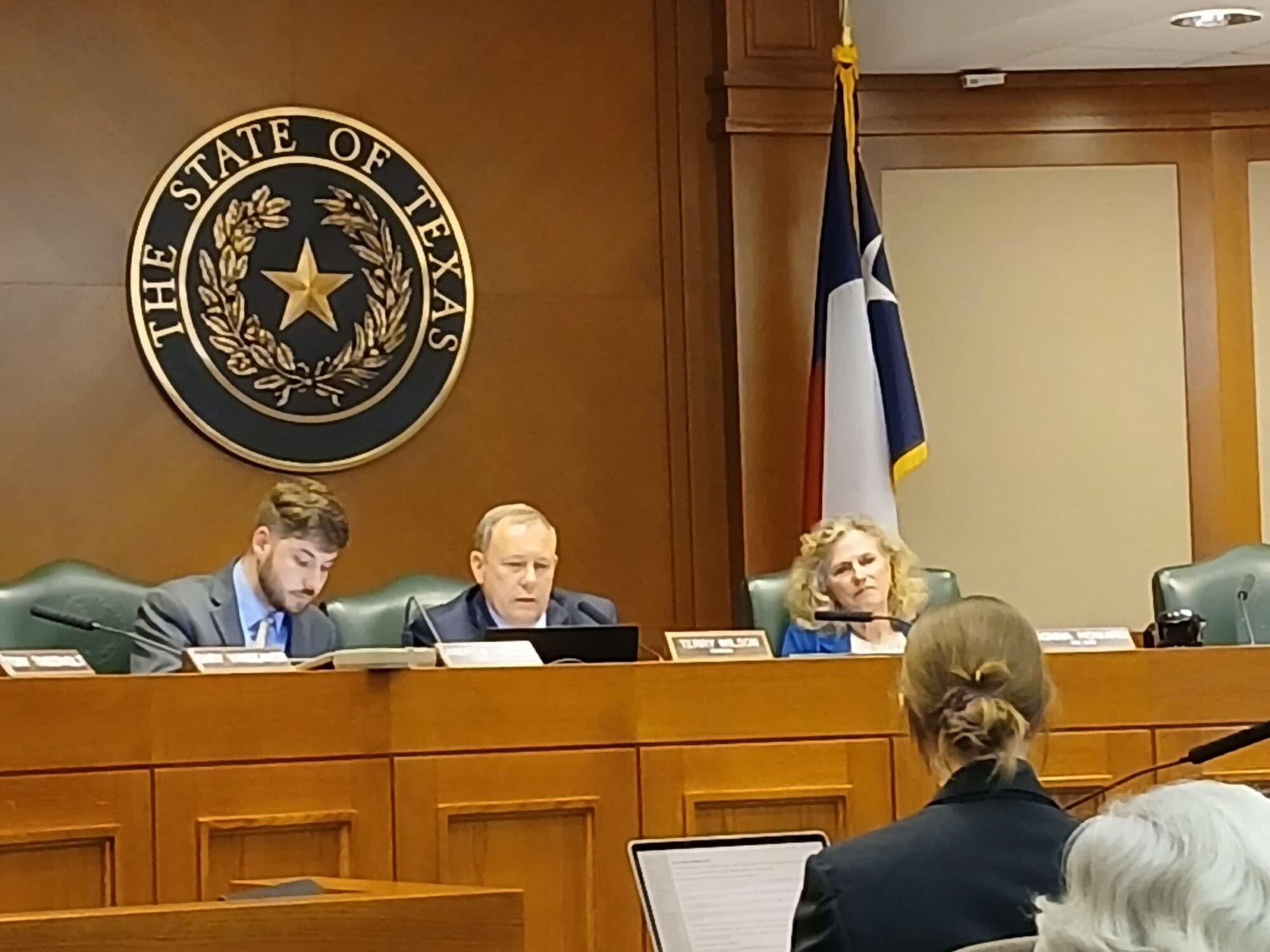University of Houston officials are shifting research focuses and reassessing budgets amid the Trump administration’s cuts to federal grants for DEI and climate change.
According to university officials, 25 federal grant programs have been eliminated, and half of the institution’s new federal awards have been cut. These reductions amount to a funding loss of approximately $4 million.
However, during a meeting of the University of Houston System Board of Regents on Wednesday, officials expressed optimism that future funding could be regained by aligning within the Trump administration’s policy guidelines.
Vice Chancellor for Research Claudia Neuhauser cited UH programs that support African American engineering students as an example, suggesting these initiatives could be broadened to include all students, thereby making them re-eligible for federal support.
She also explained that research could continue if the university successfully secures alternative funding sources, such as through non-profit organizations and industry partnerships.
Regent Gregory C. King addressed the need for adaptability, stating, “The universities, I think, that accept the new reality, pivot quickly, will be the winners. That’s what we have to do.”
Neuhauser explained that it’s not uncommon for grant agencies to request a change in focus during a research project and faculty members are used to pivoting mid-stream.
Beyond the immediate grant losses, the university faces financial challenges related to indirect costs—expenses such as lab maintenance and research staff support.
Last year, UH received approximately $30 million in funding for indirect costs based on a 57 percent reimbursement rate. However, federal agencies like the National Institutes of Health and National Science Foundation are now pushing to cap that rate at 15 percent, which could result in a funding shortfall of up to $20 million.
In 2023, UH invested roughly $232 million in research, with about $100 million sourced from federal funding. Given the scale of potential losses across various funding streams, university officials remain uncertain about the future of some research programs. Still, they noted that institutional resources cover 90 percent of staff salaries, reducing immediate concerns over widespread layoffs.
UH President Renu Khator offered a relatively optimistic perspective, comparing UH’s situation to that of other institutions. For example, Baylor College of Medicine recently announced plans to lay off 122 employees due to similar funding challenges.
Khator had previously signaled caution in the face of financial uncertainty. Less than two months ago, she announced a pause on most of UH’s construction projects, citing instability in the political and economic landscapes as a key factor.
Neuhauser said there are a lot of opportunities for faculty research within the Trump administration’s focus areas.
“This new administration for Healthy America is proposed to improve health resources for low income Americans, and it will focus in areas where we actually have a lot of strength. So primary care, maternal and child health, mental health, environmental health, workforce development, [are] all areas where we actually have a significant strength,” she explained.
Other areas for which she said the university is well-poised to receive funding included research on chronic illnesses, improving population health, artificial intelligence, and energy system/supply chain security.
“There are new opportunities that we will see that will be very positive for us. So even if all the funding goes down, there will be other opportunities we haven’t had in the past,” said Neuhauser. “And our goal is really to make sure our faculty is prepared for that.”





